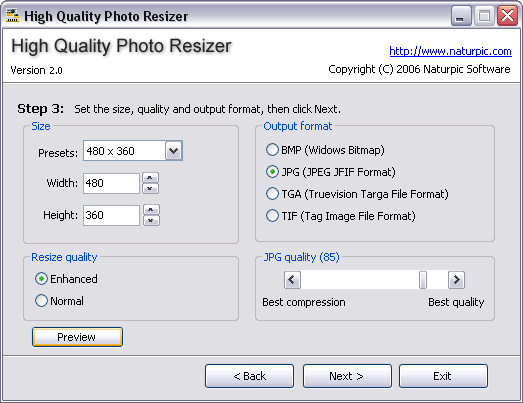
If you're using macOS 10.13 or later, you'll notice APFS under the startup disk icon. The picture shows the Disk Utility main interface.Īfter clicking View and Show All Devices, you'll be able to see all the detected disk images and external or internal drives on the left sidebar. The icons in the picture may look different from your Mac as you might be using a different operating system. However, if you're unable to boot up your Mac, you won't be able to access Disk Utility without booting into macOS Recovery Mode.īefore heading to Disk Utility's essential functions, let's talk about the items listed in the picture below. You can access the Disk Utility in the ''Other'' folder provided that your Mac is functioning appropriately. Where is the location or Disk Utility on your Mac? You'll find two utilities in your classic Mac OS: Disk Copy and Utility. It performs important functions as it helps you erase, partition, and restore external storage devices and internal disks. Best Disk Utility alternative softwareĭisk Utility is nothing but a built-in disk manager tool on Mac, and you can access it without your Mac. What is the role of Volume in Mac Disk Utility? What is the role of Partition in Disk Utility? What is the functionality of Erase in Mac Disk Utility? What is the role of First Aid in Disk Utility?


#Mac data rescue unmounted partition how to#
The good thing is that we'll show you how to use Disk Utility on Mac in this guide. On top of that, you can also access Disk Utility from macOS Recovery Mode, meaning you don't need to use any special bootable tools to partition Mac hard drive. Whether you intend to reformat an external hard drive or create a new partition, Disk Utility makes things look effortless for you. There are a lot of talking points about Disk Utility on Mac, a built-in tool that helps you perform and finish many tasks.


 0 kommentar(er)
0 kommentar(er)
